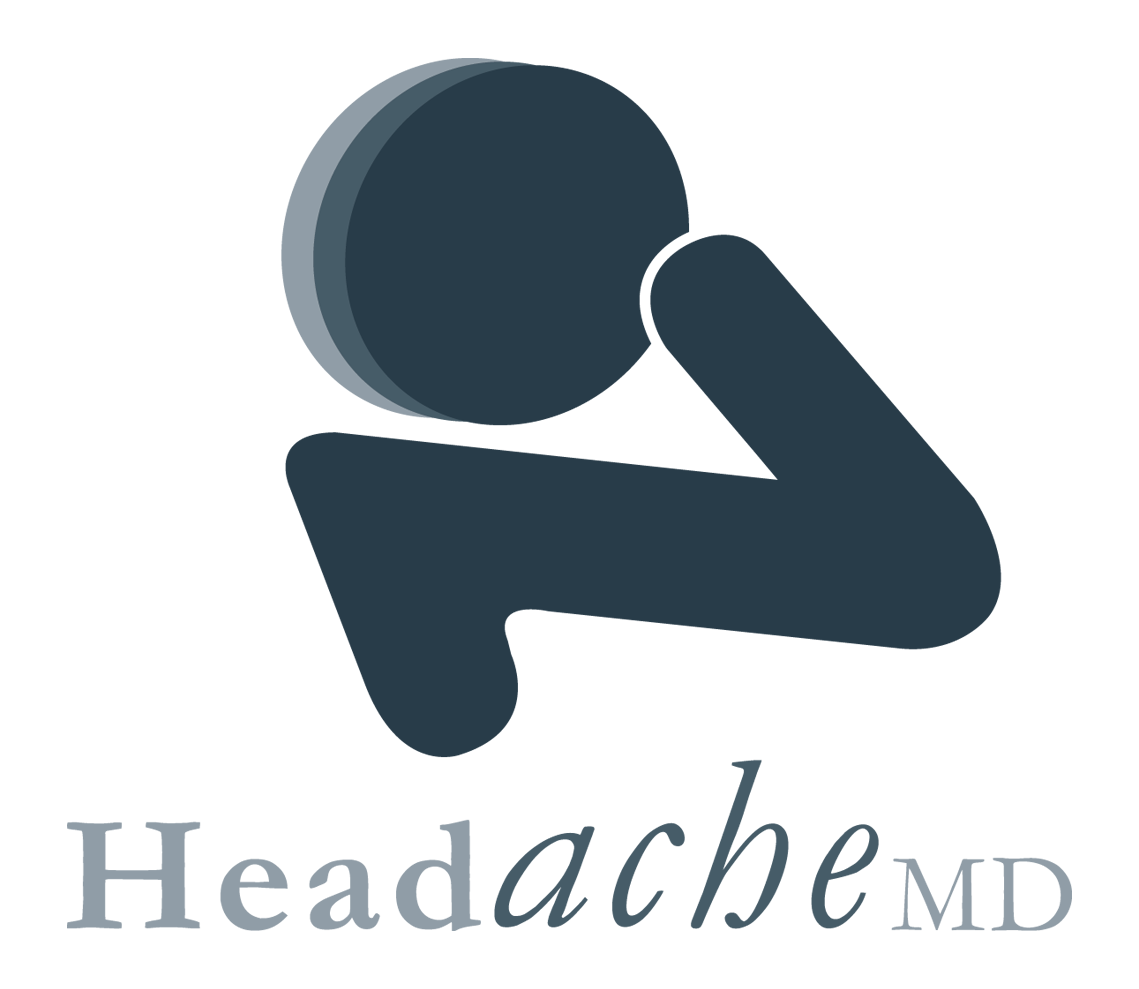One common misconception is that only adults get migraines. That simply isn’t true. In fact, many migraine patients have reported that their headaches began during childhood or adolescence.
The Truth about Children and Headaches
Whenever a child is not feeling well, it’s natural for parents to worry, especially if the child is in pain. Fortunately, most of the headaches children experience are quite harmless or is a sign that the child may have an infection, a cold, or the flu.
When headaches become more and more frequent, many parents worry that the pain is caused by serious illnesses such as brain tumors and other conditions affecting the brain. In the absence of other neurological symptoms like muscle weakness, vision loss, and speech problems, the chances of a brain tumor and other conditions causing the headache is extremely low. Other parents jump to the conclusion that the headaches their children experience are due to a vision problem. While it is common for children who need prescription glasses to experience headaches, issues with vision are not the most common cause of recurrent headaches in children. In fact, a study conducted on children who have had their eyes checked showed that not all patients complaining of recurrent headaches have problems with their vision and that prescription glasses don’t always resolve headache problems.
Migraines and Children
Migraines are very common in adults, especially in women, but this condition does not discriminate. It affects both males and females of all ages. Although the exact cause of this condition is still unknown, what’s clear is that it seems to run in families. Most children who experience migraines have one or both parents who also go through painful and recurrent headache episodes. In some cases, children can outgrow the headaches and are pain-free for most of their lives; however, there are those who experience an increase in the frequency of the headaches once they reach puberty. This is most common in young girls who go through hormonal changes during adolescence.
Migraines affect children a little more differently than it affects adults. Children and adolescents are not equipped to deal with the pain caused by recurrent headache episodes. If left undiagnosed and untreated, it may cause some issues down the road. Frequent and severe migraine attacks can interrupt a child’s normal routine. A lot of children and teenagers who experience chronic and severe headaches become withdrawn and may not do as well academically as they could if they didn’t have headaches. Instead of going out to play with their friends, they need to stay at home and rest in order to feel some relief from the pain. They may also have a hard time concentrating in school and may have to miss classes when they have a migraine attack.
The best way to deal with a child’s migraine is to get a proper diagnosis and start on a treatment plan right away. Treating migraines in children and adolescents involve identifying headache triggers and making lifestyle changes in order to avoid food and situations that may trigger a migraine. Medication and stress management can also help manage the pain and treat the symptoms of migraines in children and teenagers. If you have a child who is experiencing severe and recurring headaches, ask a pediatrician or headache specialist for help. The earlier the condition is diagnosed, the faster the headaches can be treated.
